Imagine sipping your morning coffee surrounded by the fresh, citrusy scent of orange blossoms — right on your patio. Even if you don’t live in a subtropical climate or have acres of land, you can still grow your very own oranges in pots. With the right care, these vibrant, sun-loving trees can thrive in containers and produce juicy, homegrown fruit for you to enjoy.
In this detailed guide, we’ll walk you through everything you need to know about how to grow oranges on a patio — from choosing the best variety and container to tips on soil, watering, fertilizing, and troubleshooting. Let’s dive into the world of patio citrus growing and help you turn your outdoor space into a mini orange grove!
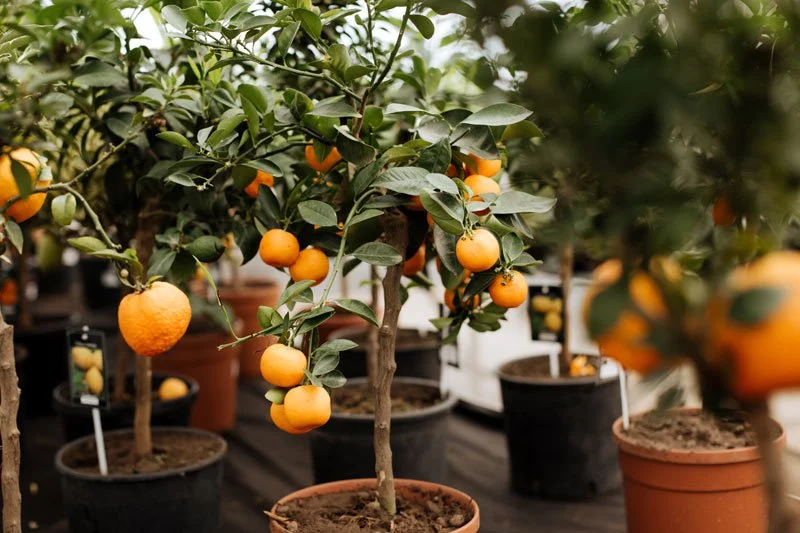
Why Grow Oranges on a Patio?
Growing oranges in containers isn’t just a clever gardening hack — it comes with real benefits:
- Space-Friendly: Ideal for patios, balconies, terraces, and small gardens.
- Mobility: Easily move your plant to optimize sun exposure or bring it indoors during colder months.
- Year-Round Beauty: Shiny green foliage, fragrant white blossoms, and bright orange fruits offer continuous charm.
- Pest and Disease Control: Easier to manage in a container than in-ground.
Whether you’re after the fresh taste of organic oranges or simply want a lush, aromatic tree on your patio, container-grown oranges are a beautiful and practical choice.
Best Orange Varieties for Container Growing
Not every orange tree is suited for life in a pot. Look for dwarf or semi-dwarf varieties bred for container cultivation. Here are some of the best options:
- Calamondin Orange: A tart, ornamental hybrid great for culinary use and beautiful patio display.
- Trovita Orange: Sweet, seedless oranges that perform well in containers and warmer climates.
- Washington Navel: Classic, sweet oranges — dwarf versions are perfect for pots.
- Valencia Orange: Famous for juicing, this variety grows well in containers in sunny climates.
- Blood Orange (Moro, Tarocco): Unique with crimson flesh and a hint of raspberry flavor; stunning in a patio setting.
Pro Tip: Start with a grafted dwarf variety — it fruits faster and is more compact than seed-grown trees.
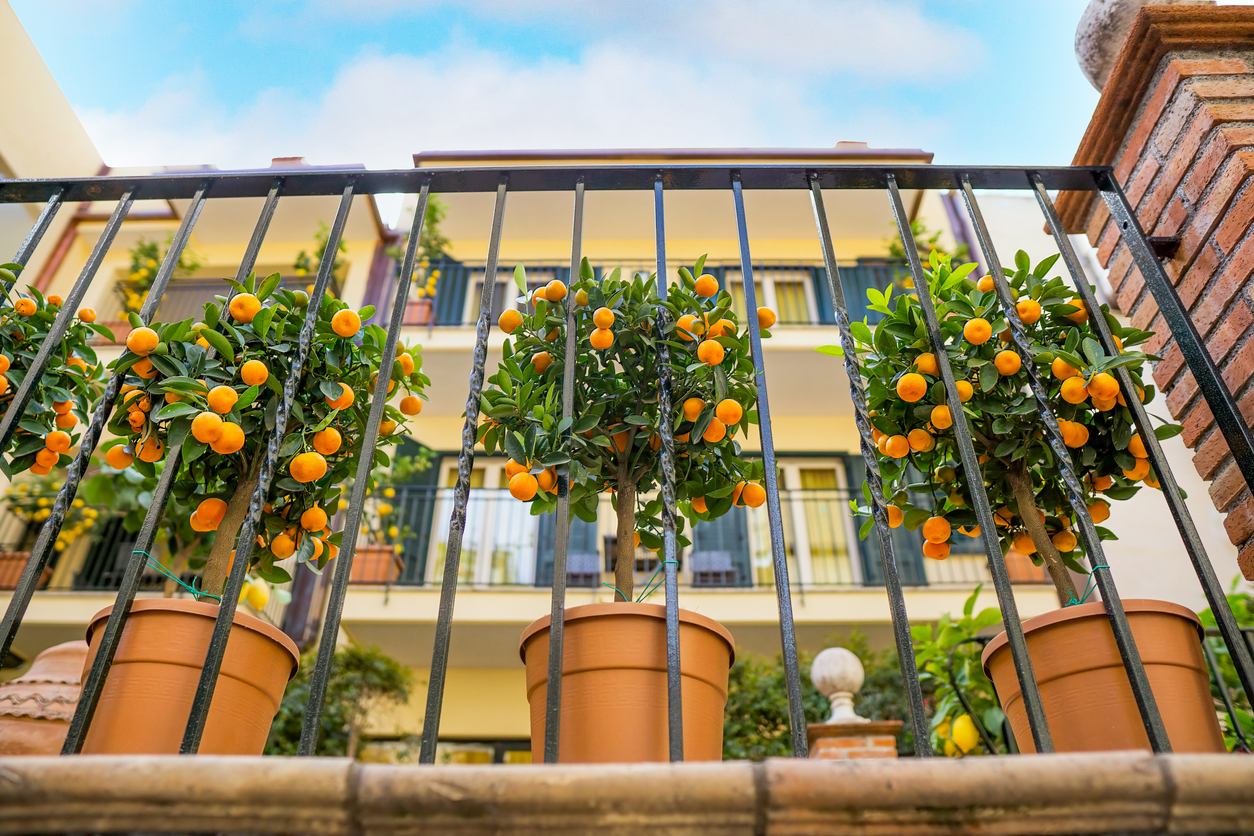
Picking the Right Container
Your orange tree’s home matters. A too-small container restricts root growth, while a poorly-drained pot can lead to waterlogged roots. Here’s what to look for:
- Size: Minimum of 18–24 inches in diameter and depth for young trees. Larger as it matures.
- Material: Durable materials like terracotta, ceramic, or high-quality plastic work well. Terracotta helps wick away excess moisture.
- Drainage: Crucial. Ensure your pot has multiple holes to prevent standing water.
Bonus Idea: A wheeled plant stand or caddy makes it easy to move your tree for sunlight or shelter.
Best Soil for Orange Trees in Containers
Oranges prefer light, well-draining soil with a slightly acidic pH (around 6.0–7.0). Avoid dense garden soil — it can suffocate roots in containers. Use:
- Citrus-specific potting mix
- Or a homemade mix:
- 2 parts peat moss or coco coir
- 1 part perlite or coarse sand
- 1 part organic compost
This ensures good drainage, aeration, and nutrient content.
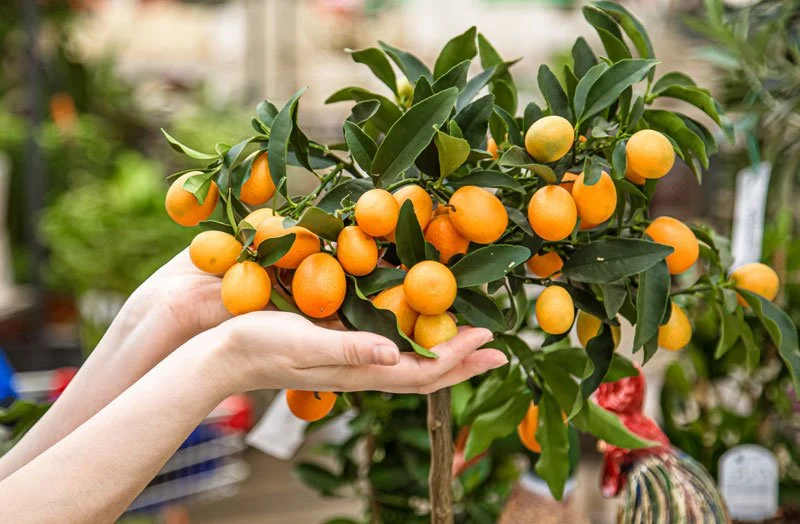
Light and Temperature Needs
Oranges are sun-loving plants that thrive with at least 6–8 hours of direct sunlight per day.
- Position: Place your container in the sunniest part of your patio.
- Indoors: If overwintering inside, use a bright, south-facing window or supplemental grow lights.
- Temperature:
- Ideal: 60°F–85°F (16°C–29°C)
- Protect from frost; move indoors or cover when temperatures dip below 45°F (7°C).
Watering and Fertilizing
Watering:
- Keep the soil consistently moist but never soggy.
- Water when the top 1–2 inches of soil feels dry.
- In hot weather, you might need to water daily; less in cooler months.
- Empty saucers promptly to avoid root rot.
Fertilizing:
Orange trees are heavy feeders, especially in containers. Use a balanced citrus fertilizer rich in nitrogen and micronutrients like magnesium, zinc, and iron.
- Spring–Summer: Every 4–6 weeks.
- Fall–Winter: Every 6–8 weeks or less when growth slows.
- Organic option: Slow-release organic fertilizers or fish emulsion work well too.
Pro Tip: Occasionally flush the soil with plain water to prevent salt buildup from fertilizers.
Pruning and Shaping
Pruning helps keep your orange tree healthy, productive, and patio-sized. Here’s how:
- Remove dead, damaged, or crossing branches anytime.
- Trim to maintain a balanced, rounded shape.
- Cut back long, leggy branches to encourage bushier growth.
- Remove suckers (vigorous shoots at the base) as they appear.
Best time to prune: Late winter or early spring before new growth starts.
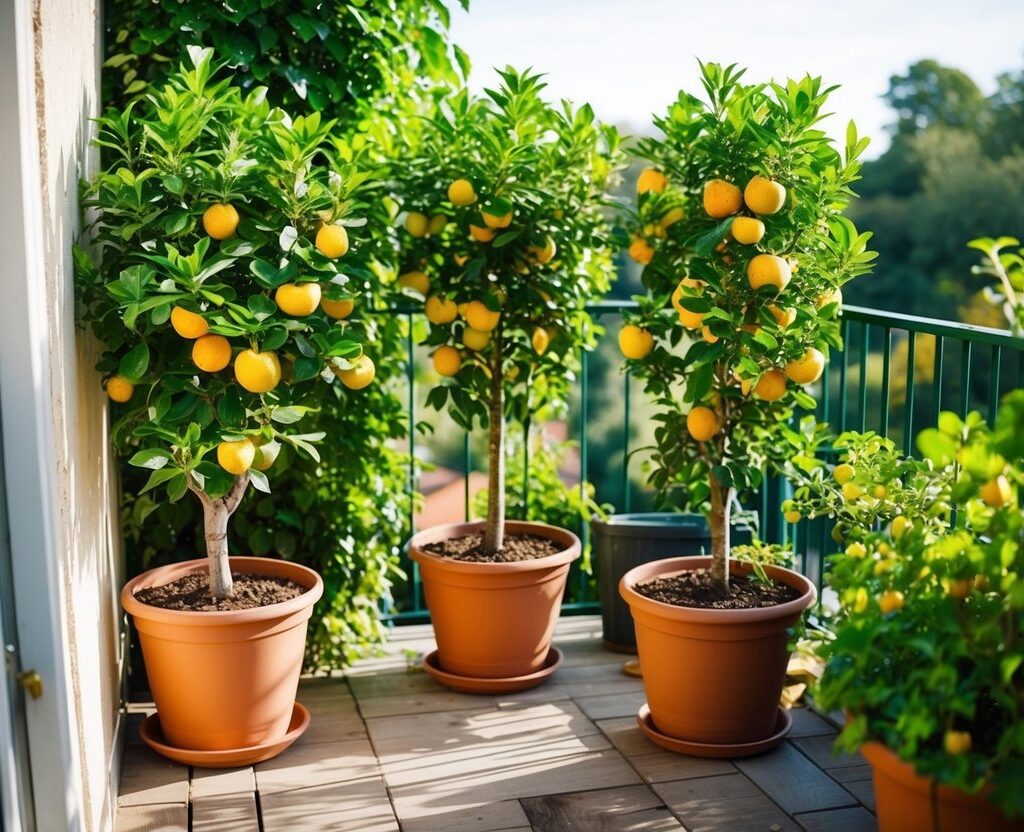
Pollination and Fruit Production
Many orange trees are self-pollinating, but hand-pollination can boost yields, especially indoors or on patios with little natural pollinator activity.
- Use a soft paintbrush or cotton swab to gently transfer pollen between flowers.
- Or gently shake the branches to help distribute pollen naturally.
It typically takes 7–12 months from bloom to ripe fruit, depending on the variety.
Common Pests and Problems (And How to Handle Them)
Even in containers, orange trees can face a few challenges:
- Aphids: Control with insecticidal soap or a strong blast of water.
- Scale Insects: Scrape off gently and treat with neem oil.
- Spider Mites: Wipe leaves with a damp cloth and increase humidity.
- Leaf Yellowing: Check for overwatering, nutrient deficiency, or cold damage.
Tip: Regularly inspect the undersides of leaves for pests.
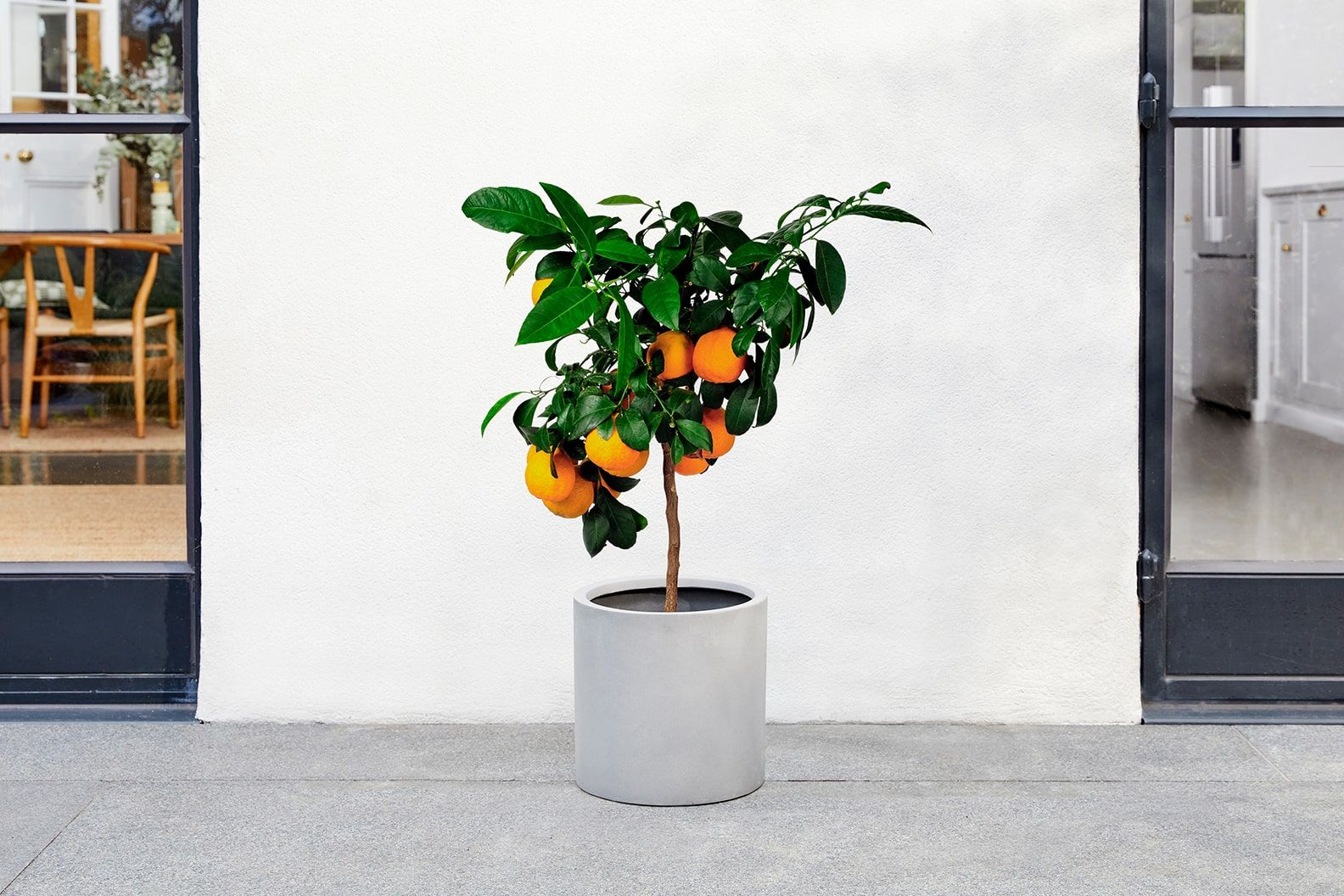
Harvesting Your Oranges
The wait is worth it! Here’s how to tell your oranges are ready:
- Color: Fully orange, no green patches.
- Firmness: Slightly soft to the touch.
- Taste: The ultimate test — pick one and sample it!
Use pruning shears to clip fruits from the branch without damaging the tree.
Note: Oranges don’t continue ripening off the tree — so let them mature fully before harvesting.
Overwintering Patio Oranges
In cooler climates, you’ll need to protect your orange tree in winter:
- Move indoors before the first frost.
- Keep in a sunny, south-facing window or under grow lights.
- Reduce watering (allow topsoil to dry out slightly between waterings).
- Mist leaves occasionally to maintain humidity.
Monitor for pests, especially spider mites, in dry indoor air.
Final Thoughts
Growing oranges on a patio is not only possible — it’s immensely rewarding. With their lush evergreen foliage, fragrant blossoms, and sweet, juicy fruits, patio orange trees offer beauty and bounty in even the smallest of spaces.
Whether you’re a seasoned gardener or a curious beginner, following this simple, detailed guide will have you harvesting your very own oranges in no time. So grab a dwarf orange tree, pick out a sunny patio corner, and start your citrus-growing journey today.
Would you like a printable orange care calendar or a mini troubleshooting guide to go along with this article?

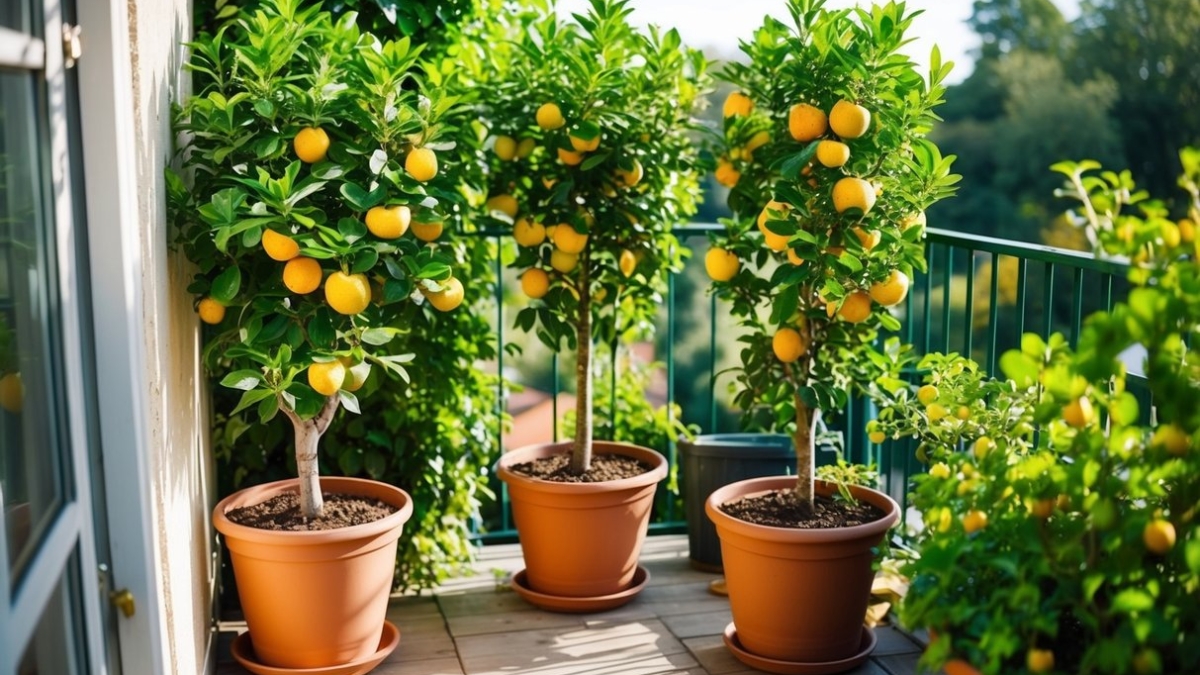




Leave A Comment